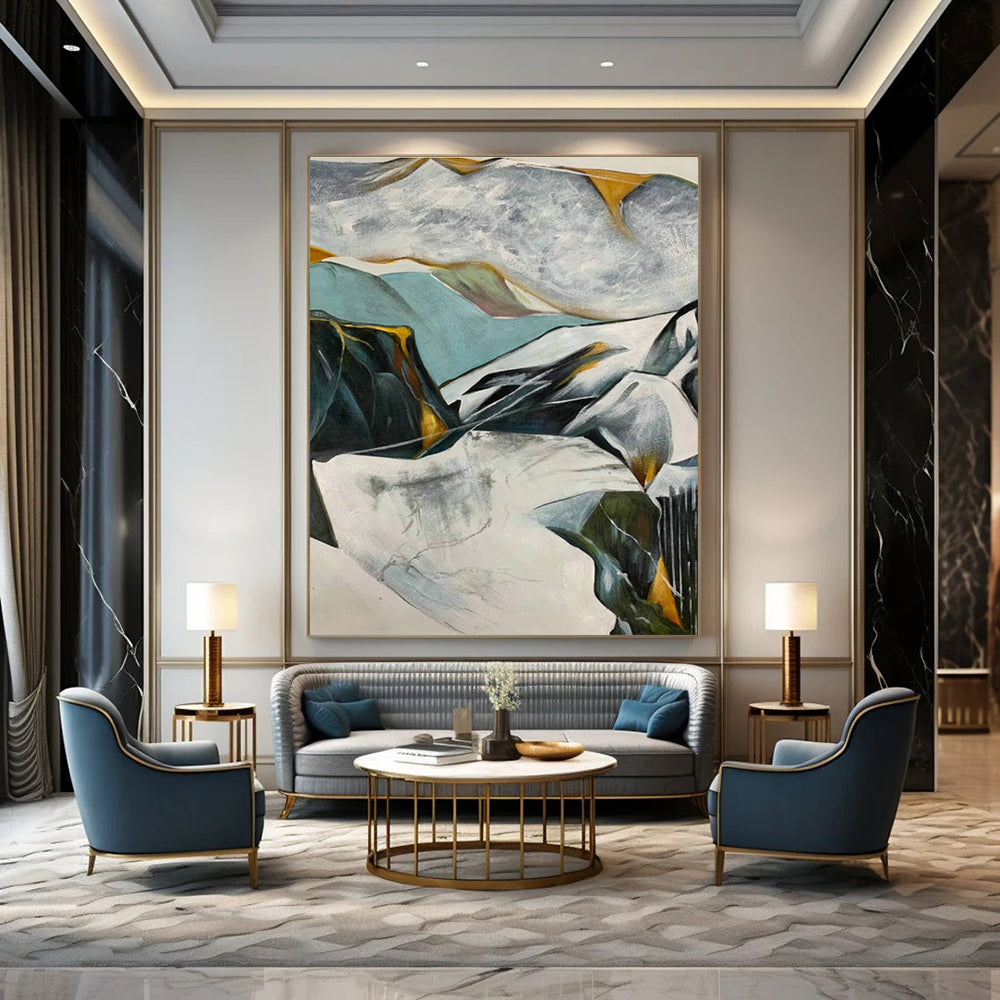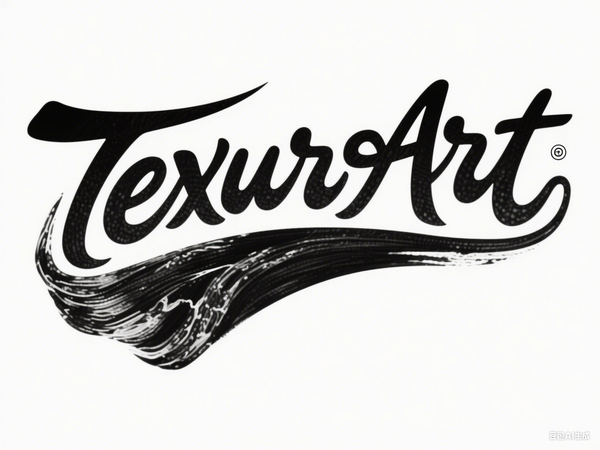
The Art and Impact of Textured Paintings - Exploring Depth, Emotion, and Innovation
Share
Textured paintings represent a powerful approach within contemporary and historical art, engaging viewers not only visually but tactilely, evoking deeper emotional and sensory experiences. Through layers, raised surfaces, and physical manipulation of paint and mixed media, textured artworks transcend flatness to bring energy, movement, and meaning directly onto the canvas.
For a stunning collection combining depth and creativity, explore the Textured Paintings gallery on Texturart.

Understanding Texture in Painting
Texture in art refers to the surface quality or feel of a painting—how it might look or even seem to feel if touched. This can be physical, with actual raised paint or collage elements, or visual, where artists create the illusion of texture through brushwork and layering techniques.
Vincent van Gogh famously applied thick, impasto brushstrokes in his Starry Night, creating a swirling, energetic sky that practically pulses with movement. The intensity of his textural brushwork conveys emotion, rhythm, and vitality beyond the image itself. This use of texture as an expressive tool is articulated in depth in the Arty Factory guide to texture in art.
Artists have long explored texture to heighten sensory engagement. Lucian Freud's finely rendered brushwork in portraits like John Minton captures the nuanced textures of hair, skin, and fabric that reveal psychological depth. Meanwhile, Max Ernst introduced surreal surfaces through techniques like frottage and grattage, as seen in The Entire City, using texture to unlock subconscious imagery.
Notable Artists Who Mastered Texture
Several pioneering artists have pushed the boundaries of texture in painting:
-
Antonio Tàpies incorporated unconventional materials such as sand, cement, and marble dust into his paintings. Works like Cruz y Tierra layer rough, impasto surfaces with scratches and carvings, metaphorically layering time, decay, and human presence.
-
Anselm Kiefer is celebrated for his monumental textured canvases that incorporate straw, ash, and shellac, creating brooding, material-rich surfaces addressing history and mythology.
-
Lucian Freud exquisitely captured tactile qualities and flesh textures with painstaking brushstrokes, elevating texture as psychological narrative.
-
Max Ernst merged texture with Automatism, transforming textures made from natural and industrial materials into surreal landscapes and abstract forms.
-
Contemporary artists such as Jessica Tsai and Diana Al-Hadid explore texture through glass, plaster, and mixed media, sculpting surfaces that challenge perceptions of softness and hardness. Artists like Tsai create ethereal textures that manipulate light and shadow, while Al-Hadid’s installations speak to decay and transformation.
More insights into artists redefining texture today are examined in the Yun Berlin article on masters of texture.
Visual vs. Physical Texture
Texture in paintings can be divided into:
-
Physical texture, where the surface is actually raised or rough—achieved through impasto, collage, or mixed media.
-
Visual texture, or implied texture, where the illusion of texture is created purely through painting techniques. Albrecht Dürer’s detailed engravings and oil paintings provide masterful examples of this.
These subtle differences are explained further in the comprehensive article by Art Class Curator on texture in art.
The Emotional and Symbolic Power of Texture
Texture infuses artworks with an immediacy and presence that enhances emotional impact. Antonio Tàpies regarded texture as a "language of expressive force," allowing marks, scars, and physicality to convey human stories of love, destruction, and hope. Textured paintings can represent time’s passage, the fragility or strength of materials, and abstract concepts like chaos or order.
For modern abstract painters, texture becomes a vital tool to break the two-dimensional plane and invite viewers into a sensory dialogue. As noted in the Fine Art Tutorials guide to texture, texture often serves to engage the viewer on multiple levels, encouraging closer inspection and contemplation.
Techniques and Materials in Creating Textured Paintings
Contemporary textured paintings are often created with a mix of traditional and experimental materials:
-
Thick acrylic gels, molding pastes, and impasto mediums build sculptural surfaces.
-
Sand, cement, and natural materials add raw, organic textures.
-
Scraping, layering, and carving into paint enhance dimensionality.
-
Mixed media collages integrate fabric, paper, metal, or found objects for rich complexity.
Additionally, some artists explore new frontiers by incorporating light, shadows, or digital elements to redefine texture beyond the purely physical.
The blog post In Pursuit of Texture highlights how texture can be explored conceptually and physically to expand meaning in contemporary artworks.
Displaying and Collecting Textured Paintings
Textured paintings make compelling statement pieces suitable for diverse spaces—from intimate rooms to large public galleries. Because they offer both visual and tactile intrigue, they often serve as focal points that invite viewers to look deeper.
When selecting textured art, consider lighting to emphasize relief and shadow, and space to appreciate the layers fully.
You can explore exquisite textured paintings and purchase unique works from the Textured Paintings collection on Texturart.
Frequently Asked Questions (FAQ)
What is textured painting?
It is a style of painting that emphasizes surface variations—either through actual raised materials (physical texture) or the painted illusion of texture (visual texture).
Who are some famous artists known for texture in painting?
Vincent van Gogh, Lucian Freud, Max Ernst, Antonio Tàpies, Anselm Kiefer, and contemporary figures like Jessica Tsai are renowned for their exploration of texture.
How does texture impact the experience of a painting?
Texture adds depth, physical presence, and emotional intensity, inviting viewers to engage with art both visually and tactilely, even if only mentally.
What materials are commonly used to create textured paintings?
Artists use heavy-bodied paints, gels, pastes, sand, cement, fabric, metal, and found objects, combining media to achieve varied textures.
Where can I find beautiful textured paintings to view or buy?
Besides the Textured Paintings gallery on Texturart, you can discover informative and inspiring selections through resources like Arty Factory and Yun Berlin’s texture artist profiles.
Texture in painting is a deeply rich element that continues to expand the language of art—connecting past masters with today’s innovators and inviting all who engage to feel beyond the canvas. Exploring textured works offers a journey into tangible emotion and layered meaning, elevating art into a multisensory experience.
